to be the world’s
top IT powerhouse.We thrive to be the world’s top IT powerhouse.
Our mission is to lead innovations
in information technology, create lasting impact,
and educate next-generation leaders of the world.
- 1
- 6
to be the world’s
top IT powerhouse.We thrive to be the world’s top IT powerhouse.
Our mission is to lead innovations
in information technology, create lasting impact,
and educate next-generation leaders of the world.
- 2
- 6
to be the world’s
top IT powerhouse.We thrive to be the world’s top IT powerhouse.
Our mission is to lead innovations
in information technology, create lasting impact,
and educate next-generation leaders of the world.
- 3
- 6
to be the world’s
top IT powerhouse.We thrive to be the world’s top IT powerhouse.
Our mission is to lead innovations
in information technology, create lasting impact,
and educate next-generation leaders of the world.
- 4
- 6
to be the world’s
top IT powerhouse.We thrive to be the world’s top IT powerhouse.
Our mission is to lead innovations
in information technology, create lasting impact,
and educate next-generation leaders of the world.
- 5
- 6
are a key thrust
in EE researchAI and machine learning are a key thrust in EE research
AI/machine learning efforts are already a big part of ongoing
research in all 6 divisions - Computer, Communication, Signal,
Wave, Circuit and Device - of KAIST EE
- 6
- 6
develops a simulation
framework called vTrain
Achieves Human-Level Tactile Sensing with
Breakthrough Pressure Sensor
Seungwon Shin’s Team
Validates Cyber Risks
of LLMs
Wearable Carbon Dioxide Sensor
Joint Team Develops
Neuromorphic Semiconductor Chip
Develops High-Efficiency
Avalanche Quantum Dots
Develop AI That
Imagines and Understands
Microelectrodes Array
Hafnia-Based Ferroelectric Memory Technology
Highlights
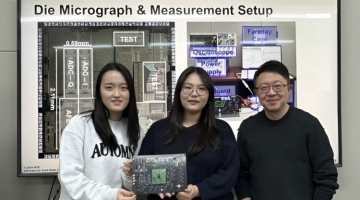
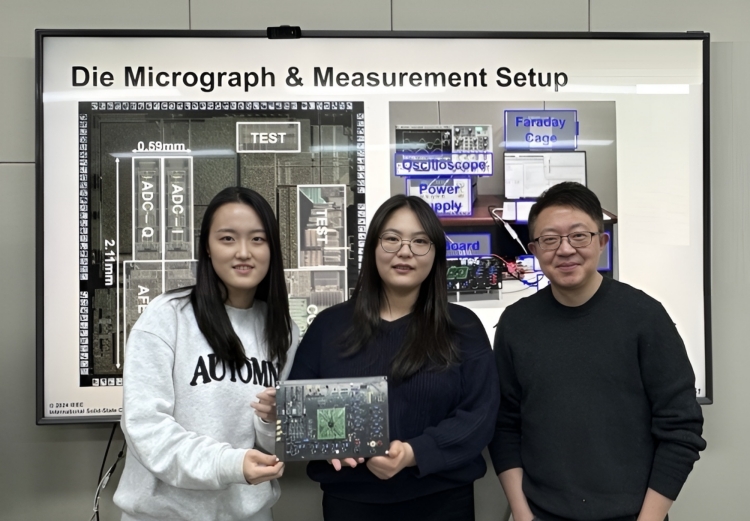
The growing interest in wearable medical devices, which monitor physiological signals to analyze users’ health and predict potential diseases, has fueled advancements in various measurement technologies. One notable example is bio-impedance measurement, widely recognized for providing body composition data through “InBody.” With significant improvements in resolution, this technology can also capture plethysmography, enabling the measurement of heart rate information and further expanding its applications in health monitoring.
Recently, an international research team developed a new method to measure bio-impedance with five times greater resolution than existing technologies, using only two electrodes. This breakthrough, especially significant for the miniaturization of wearable devices, was the result of a collaboration between KAIST’s IMPACT Lab, led by Associate Professor Minkyu Je, and New York University Abu Dhabi (NYUAD), led by Associate Professor Sohmyung Ha.
Compared to the conventional four-electrode system, which is less suitable for compact devices, the two-electrode system offers significant advantages in miniaturization. However, previous two-electrode systems have faced challenges due to baseline impedance interference and increased noise proportional to the measured impedance.

To overcome these limitations, the team developed an innovative semiconductor circuit design that effectively cancels out baseline impedance and associated noise. This design eliminates the need for a separate current generation circuit, reducing power consumption and improving measurement efficiency. The proposed system resolves noise issues caused by impedance phase and magnitude variations, achieving both high resolution and reliability.
“This bio-impedance measurement technology demonstrated up to five times better noise performance compared to conventional methods across various impedance models,” said Associate Professor Minkyu Je, a corresponding author of the work. “We believe this advancement will significantly contribute to the development of personalized health management and disease prediction technologies.”
The results of this work were published in the IEEE Journal of Solid-State Circuits, one of the most prestigious journals in the field of semiconductor integrated circuits and systems. The article, titled “A Bio-Impedance Readout IC With Complex-Domain Noise-Correlated Baseline Cancellation”, was featured in the journal in November 2024.

KAIST Ph.D. candidates Haidam Choi and Song-I Cheon were the co-first authors, while Professors Minkyu Je and Sohmyung Ha served as co-corresponding authors. The research was also presented at the International Solid-State Circuits Conference (ISSCC), the leading global conference in the field.
This work was funded by Korea’s Ministry of Science and ICT as part of projects focusing on continuous musculoskeletal monitoring and rehabilitation technologies, as well as the development of biosignal sensor-based exoskeleton devices and integrated systems.
Research Publication:
IEEE Journal of Solid-State Circuits (2024), DOI:10.1109/JSSC.2024.3439865
Title: A Bio-Impedance Readout IC With Complex-Domain Noise-Correlated Baseline Cancellation
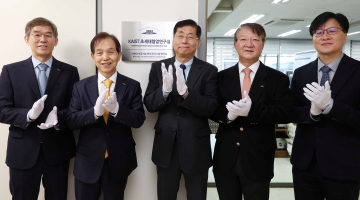
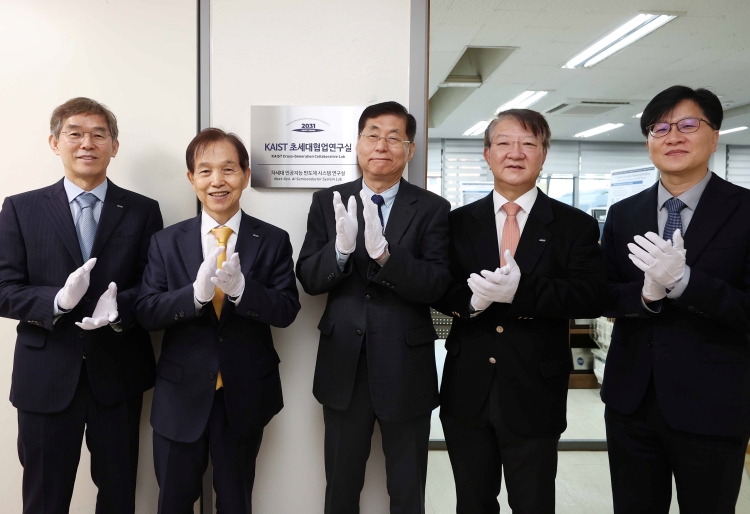
On January 7, Professors Hoi-Jun Yoo and Joo-Young Kim from our department inaugurated their Next-Generation Collaborative Research Lab.
The Next-Generation Collaborative Research Lab is a unique KAIST initiative that enables retiring professors to pass on their academic achievements and expertise through collaboration with junior faculty members. Since its introduction in 2018, a total of 12 such research labs have been established. Our department now hosts three collaborative research labs, including the newly opened lab of Professor Yoo. The other two are the “KAIST System Semiconductor Packaging Research Lab” led by Professor Jeong-Ho Kim (opened in November 2022) and the “Vision-Centric General AI Research Lab” led by Professor In-So Kweon (opened in December 2023).
The newly launched “Next-Generation AI Semiconductor Systems Research Lab” will be directed by Professor Hoi-Jun Yoo in collaboration with Professor Joo-Young Kim.
Professor Yoo is a globally recognized scholar with outstanding research achievements in on-device AI semiconductor design. Professor Kim, as a rising researcher in the field, focuses on large language models and AI semiconductor design for servers. His expertise includes PIM (Processing-in-Memory) design technology, a critical element in AI semiconductor development.
The lab will systematically collaborate and transfer knowledge on next-generation AI semiconductor design technologies, including brain-inspired AI algorithms such as deep neural networks and generative AI. Furthermore, it aims to maximize the applicability of research outcomes to bolster the competitive position of domestic AI semiconductor companies in the global market, driving innovation in research and development.
Professor Yoo shared his aspirations: “Through collaborative research, we aim to propose future directions for the next generation of AI semiconductors in Korea and globally, playing a key role in transferring and expanding global leadership in this field.”
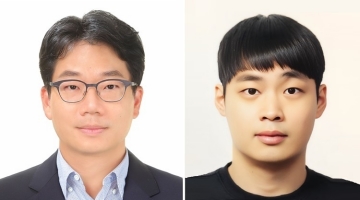

A research team led by Professor Junmo Kim from the Department of Electrical Engineering at KAIST has developed an innovative AI technology that can envision and understand how images change, similar to how humans imagine transformations like rotation or recoloring. This breakthrough goes beyond simply analyzing images, enabling the AI to comprehend and express the processes involved in transforming visual data. The technology holds promise for diverse applications, including medical imaging, autonomous driving, and robotics, where precision and adaptability are essential.
AI That Imagine Changes Like Humans (Understands How Images Change, Like Humans)
The newly developed technology, Self-supervised Transformation Learning (STL), focuses on enabling AI to learn how images transform. STL operates without relying on human-provided labels; instead, it learns transformations by comparing original images with their transformed versions. It independently recognizes changes such as, “This has been rotated,” or, “The color has changed.” This process parallels the way humans observe, imagine, and interpret variations in visual data.
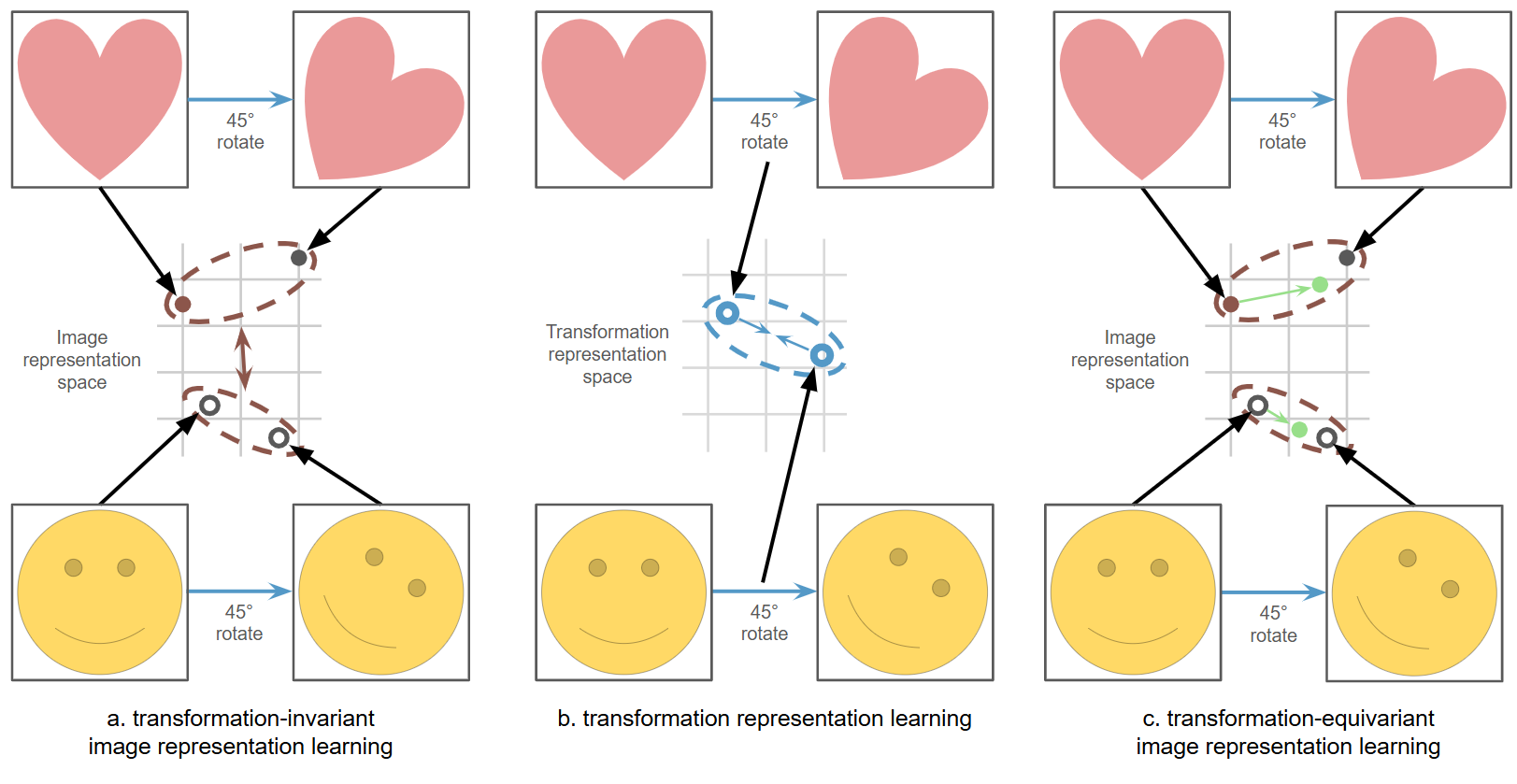
Overcoming the Limitations of Conventional Methods
Traditional AI systems often struggle with subtle transformations, focusing primarily on capturing large, overarching features while ignoring finer details. This limitation becomes a significant challenge in scenarios where precise understanding of intricate changes is crucial.
STL addresses this gap by learning to encode even the smallest transformations in an image into its feature space—a conceptual map representing the relationships between different data points. Rather than ignoring these changes, STL incorporates them into its feature representations, enabling more accurate and nuanced outcomes.
For example, STL excels at recognizing specific alterations, such as random cropping, brightness adjustments, and color modifications, achieving performance improvements of up to 42% over conventional methods. It is particularly adept at handling complex transformations that were previously difficult for AI to manage.
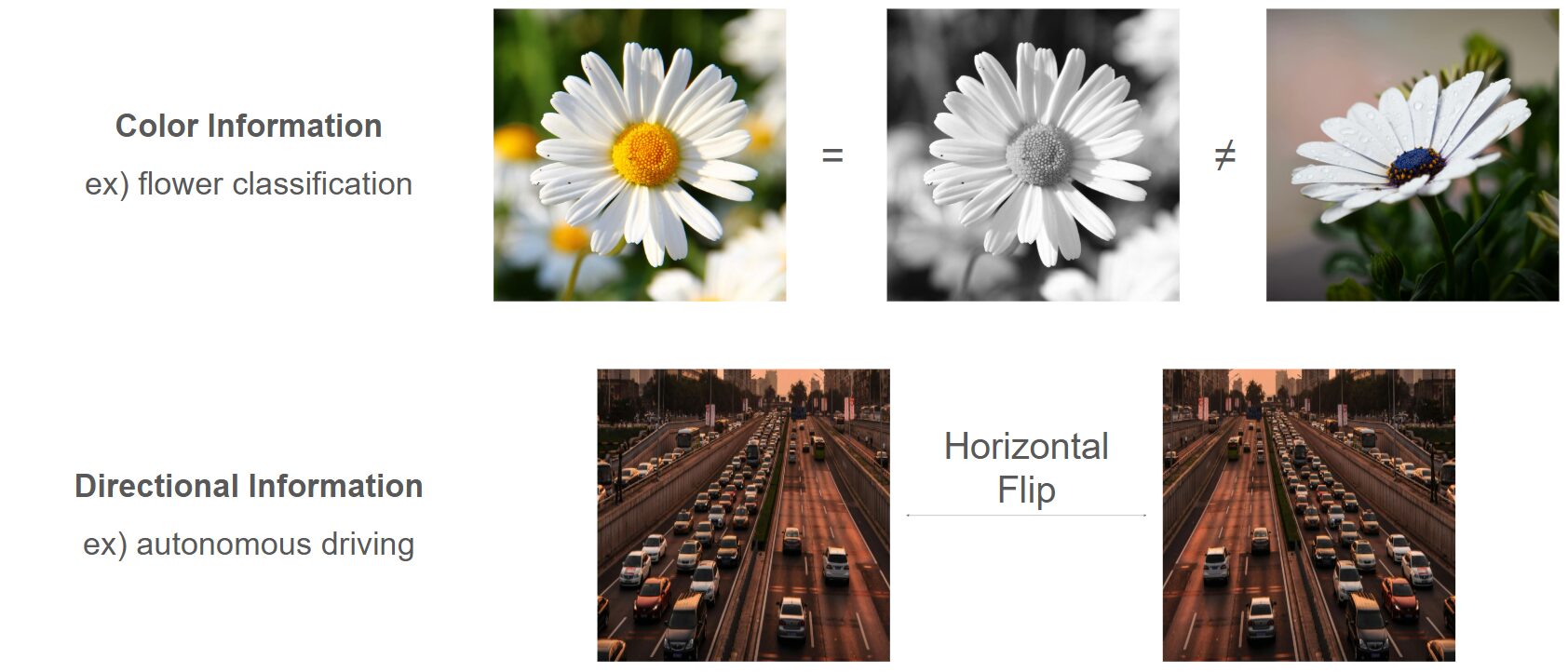
Smarter AI for Broader Applications
What sets STL apart is its ability to not only understand visual content but also learn and represent transformations themselves. This capability allows STL to detect subtle changes in medical images, such as CT scans, and better interpret diverse conditions in autonomous driving. By incorporating transformations into its understanding, STL can deliver safer and more precise results across various applications.
Toward Human-Like Understanding
“STL represents a significant leap forward in AI technology, closely mirroring the way humans perceive and interpret changes in images,” said Professor Junmo Kim. “This approach has the potential to drive innovations in fields such as healthcare, robotics, and self-driving cars, where understanding transformations is critical.”
The research, conducted by Jaemyung Yu, a PhD candidate at KAIST as the first author, was presented at NeurIPS 2024, one of the world’s leading AI conferences, under the title Self-supervised Transformation Learning for Equivariant Representations. It was supported by the Ministry of Science and ICT through the Institute of Information and Communications Technology Planning and Evaluation (IITP) as part of the SW StarLab program (No. RS-2024-00439020, Development of Sustainable Real-time Multimodal Interactive Generative AI).


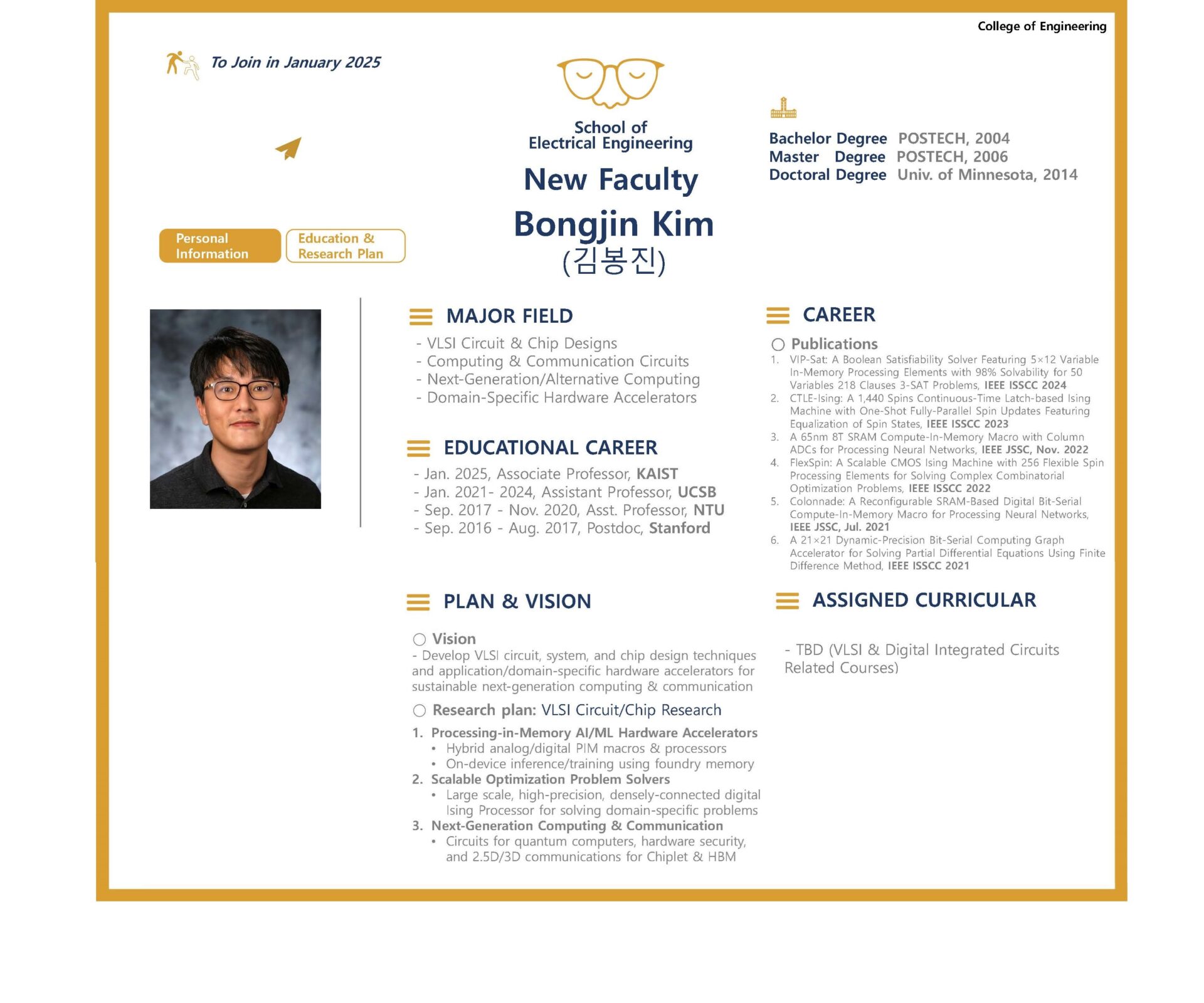
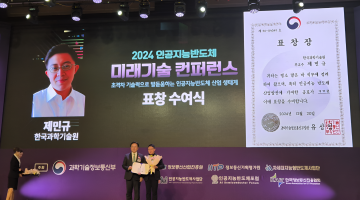
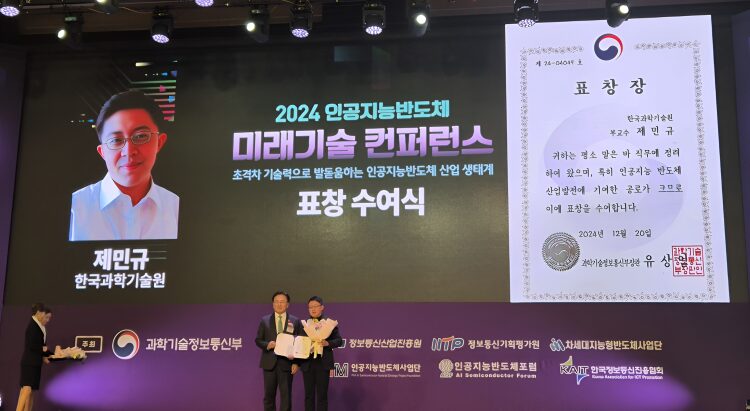
Professor Minkyu Je from our department was recognized for his contributions to the advancement of the AI semiconductor industry through the development of innovative neural network computation circuits and system technologies based on embedded Magnetoresistive Random Access Memory (eMRAM) Process-In-Memory (PIM) technology. He was awarded a commendation from the Ministry of Science and ICT at the Future Technology Conference on AI Semiconductors held on December 20.
Since April 1, 2022, Professor Je’s research team at the Integrated Memory & Processor Architecture for Compact Systems (IMPACT) Lab has been working on the “Development of Core Technologies for High-Efficiency AI Semiconductors Utilizing eMRAM-based PIM Technology” project, supported by the Ministry of Science and ICT and supervised by the Institute for Information & communication Technology Planning & evaluation. Through this project, the team has achieved remarkable results. These include the development of neural network computation circuit technology that consumes low power, allows for adjustable computational precision, and improves memory utilization efficiency by more than twofold compared to existing technologies. They also developed a weight representation method and supporting circuit architecture that reduce computational errors caused by analog variations during in-memory analog computation, while simultaneously reducing power consumption. Furthermore, they introduced an efficient analog neural network accelerator technology capable of processing the entire neural network computation within a PIM-based System-on-Chip (SoC). This technology is robust against computational errors due to analog variations and can be applied to large-scale neural network models without retraining.


Professor Euijong Whang from our department has been elected as a member of the Young Korean Academy of Science and Technology (Y-KAST) of the Korean Academy of Science and Technology (KAST) for 2025.
Launched in February 2017, Y-KAST is the only young academy in Korea, consisting of outstanding young scientists under the age of 45 who engage in policy activities and international exchanges.
Y-KAST members are selected from young scientists under the age of 43 who have demonstrated outstanding academic achievements. In particular, the selection process focuses on achievements made as independent researchers in Korea after obtaining a Ph.D., ultimately choosing next-generation science and technology leaders with the potential to contribute significantly to the advancement of science and technology in Korea.
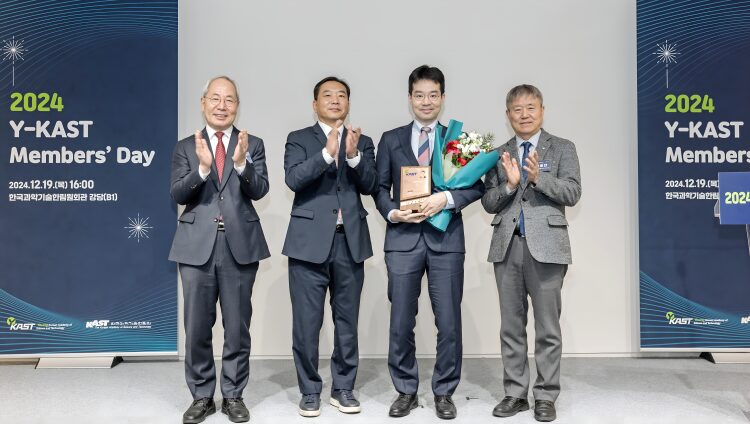
Professor Euijong Whang has been recognized as a young scientist conducting pioneering research in the fields of big data and artificial intelligence (AI). He has led efforts in the area of data-driven responsible AI research, collaborated with global IT companies, and became the first in Asia to receive the Google AI Award. His outstanding achievements on the global stage led to his selection as a Y-KAST member in the engineering division.
With this, our department now proudly counts a total of five current Y-KAST members, including Professors Euijong Whang, Hyunjoo Lee, Junil Choi, Minsoo Rhu, and Min Seok Jang. Additionally, two alumni, Professors Joonwoo Bae and Changho Suh, have previously served as Y-KAST members.


Master’s candidate Taesoo Kim from Professor Jeongho Kim’s lab achieved remarkable success by winning the Best Paper Award at the ‘IEEE Electrical Design of Advanced Packaging and Systems (EDAPS) 2024‘, held on December 17-19 at the Taj Yeshwantpur, in Bangalore, India.
The ‘IEEE EDAPS’ is the largest and most influential conference on semiconductor packaging technology in the Asia-Pacific region. Since 2002, it has been annually organized and hosted by the IEEE Electronic Packaging Society.
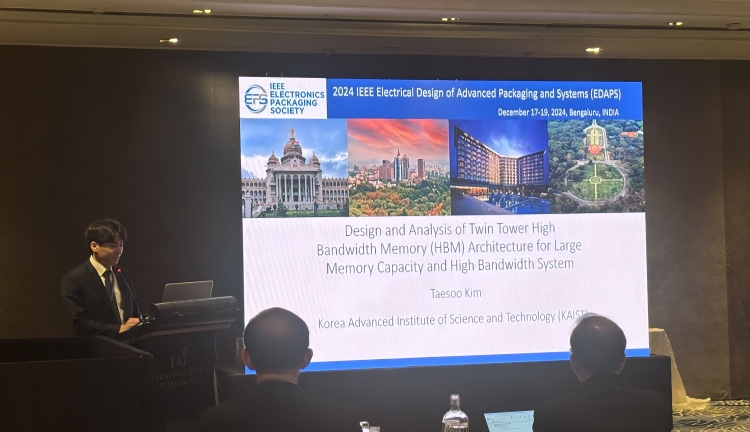
The award-winning paper, titled “Design and Analysis of Twin Tower High Bandwidth Memory (HBM) Architecture for Large Memory Capacity and High Bandwidth System,” was authored by mater’s student Taesoo Kim as the first author.
This paper received high acclaim for its creativity, completeness and future scalability. In particular, the innovative concept of implementing the “Twin Tower” structure to effectively address the limitations of traditional memory designs, and the ability to present a new direction in memory architecture for supporting ultra-large AI models, were recognized and led to the prestigious Best Paper Award.
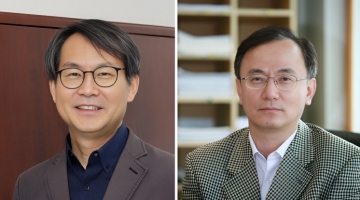
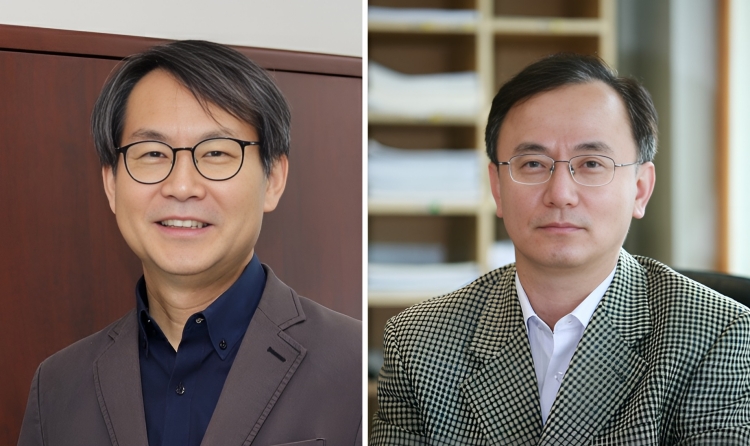
The research achievements of Professors Kyung Cheol Choi and Jun Kyun Choi from our department have been selected for the ‘2024 National R&D Excellence 100,’ organized by the Ministry of Science and ICT.
The National R&D Excellence 100 is a program established to enhance public understanding and interest in the role of science and technology in driving national development and to instill pride among scientists and engineers. Since 2006, outstanding national R&D achievements have been selected across ministries.
This year, a total of 869 achievements recommended by ministries, agencies, and offices were nominated. Following evaluations by a selection committee consisting of 100 industry-academic-research experts and public verification, the final 100 outstanding achievements were chosen.
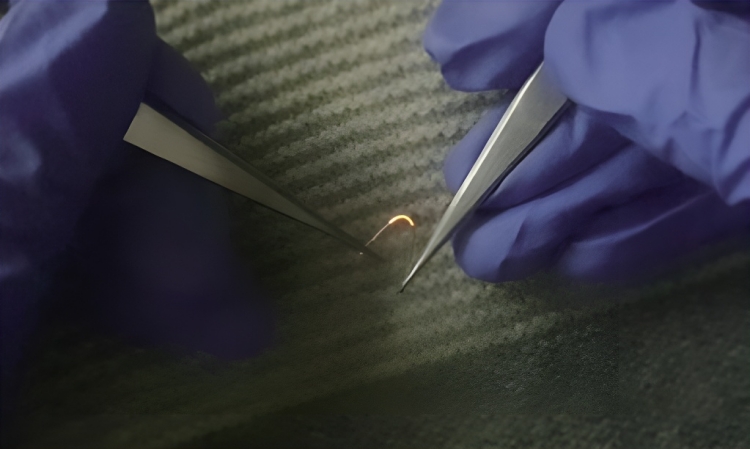
In the field of Information/Electronics, Professor Kyung Cheol Choi’s achievement, ‘Development of the World’s Longest-Lifespan Fiber-Based OLED for Wearable Displays,’ was recognized. This technology was designed to maximize user comfort and convenience by creating fiber-type displays.
The fiber organic light-emitting diode (OLED) developed by Professor Kyung Cheol Choi is designed to operate on a single cylindrical thread. It can be produced using existing thermal deposition equipment employed in current industries, enhancing its industrial applicability and compatibility.
Notably, the fiber OLED operates stably for up to 720 hours, which is nine times longer than the previously reported maximum lifespan of 80 hours. This achievement is recognized as the highest-performing technology globally.
The light-emitting device implemented on a single thread, along with the wearable display that will be developed based on it, contributes not only to the fiberization of light-emitting devices but also sensors, batteries, and various electronic components. This core technology is expected to drive the development of diverse wearable electronic textiles. It is anticipated to spark innovation in medical and safety industries through wearable clothing-type displays and to create ripple effects across various scientific and industrial fields.
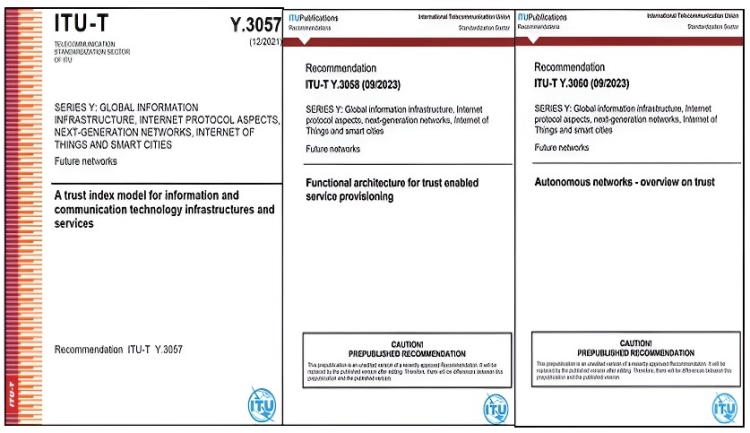
Another outstanding achievement in the Information/Electronics category is Professor Jun Kyun Choi’s ‘Development of IoT Trust Enabler Technology and Leadership in International Standards.’ This technology was developed to establish a reliable and secure intelligent IoT ecosystem.
The trust modeling algorithm developed by Professor Jun Kyun Choi for building IoT ecosystems secured approval for three international standards (Y.3057, Y.3058, Y.3060) related to IoT data trust frameworks and trust-based service delivery structures at ITU-T, the top international organization in the field of information and communication technology.
Of the 49 international standard contributions submitted, 38 were adopted, demonstrating a high adoption rate and highlighting his leadership in global standardization.
To support these standardization efforts, the trust analysis and IoT device operation technologies developed were published in 17 papers, including more than 10 in top-tier SCI international journals. Additionally, nine domestic and international patents were filed/registered, showcasing the innovation and practicality of the technology.